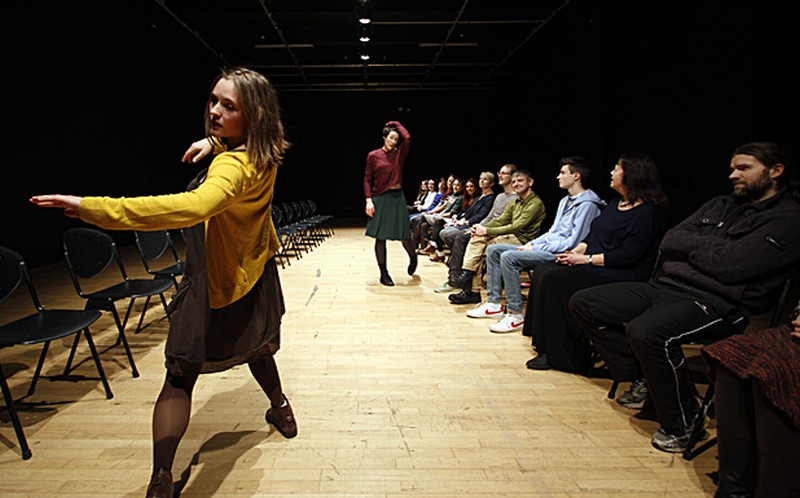 What could affect and transform a performance? I wouldn’t usually start a critique with a question – after all, it places the reader in an uncomfortable situation where, rather than passively contemplate what the critic has to say, she or he is required to have an opinion, or at least think about it. But in this case, I begin this review by asking: What could affect and even transform a performance –while it occurs?
What could affect and transform a performance? I wouldn’t usually start a critique with a question – after all, it places the reader in an uncomfortable situation where, rather than passively contemplate what the critic has to say, she or he is required to have an opinion, or at least think about it. But in this case, I begin this review by asking: What could affect and even transform a performance –while it occurs?
In a traditional performance, whatever the artist has pre-decided will happen – the thoroughly rehearsed score – and almost nothing can affect that score directly. This does not happen in An Invitation. Instead, the artist – director, choreographer and dancer Jo Fong – and her collaborators challenge the usual presumption of a passive audience, and the performance is no longer something to be shown, turning instead into something to be shared. An Invitation is exactly that: an invitation to the public to be there; alive and sharing that time with the artists in the present moment, each to the same extent.
This isn’t a completely new idea. But what differentiates An Invitation from other work that challenges audience passivity is first the willingness of the three performers to be absolutely present and predisposed to receive the provocations that the public bring to the performance; and secondly, the delicacy of the choreographic construction that allows the real possibility for audience interventions at any moment of the show, without breaking the flow of any moment.
Jo Fong has 25 years of experience performing with DV8 Physical Theatre, Rosas, and Rambert Dance Company. She has also worked with Nigel Charnock and Wendy Houston, and performs with Manchester-based Quarantine. An Invitation is part of Yong’s research programme The Audience – an ongoing investigation into the role of the audience in live performance.
This work and its simplicity should be appreciated not only for itself, but also because it proves that a show does not just happen on the stage, but in the intersection between what is shown and what the audience experiences– alive and evolving. Transformative.
